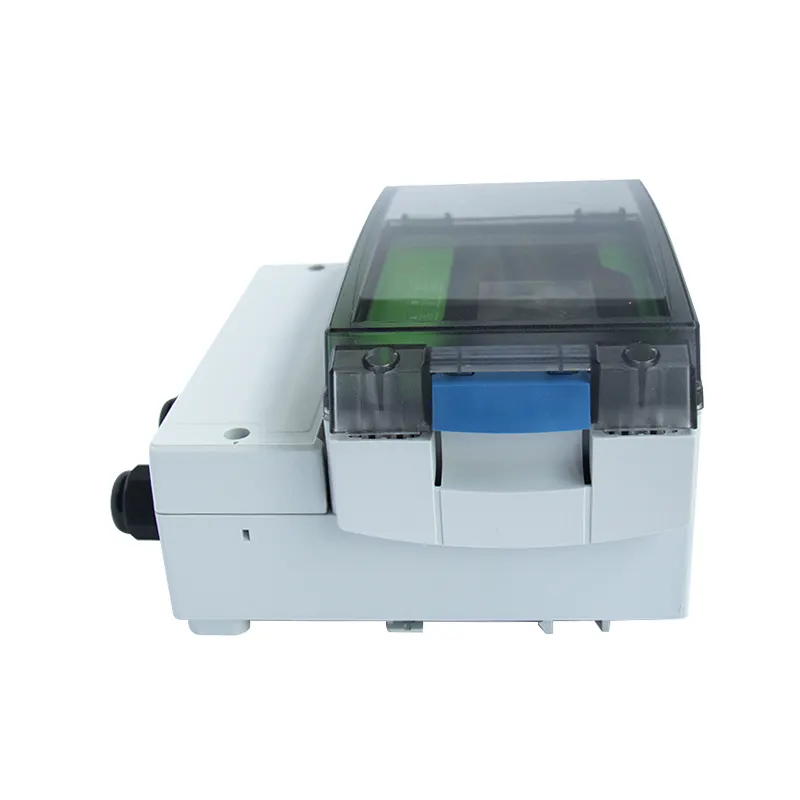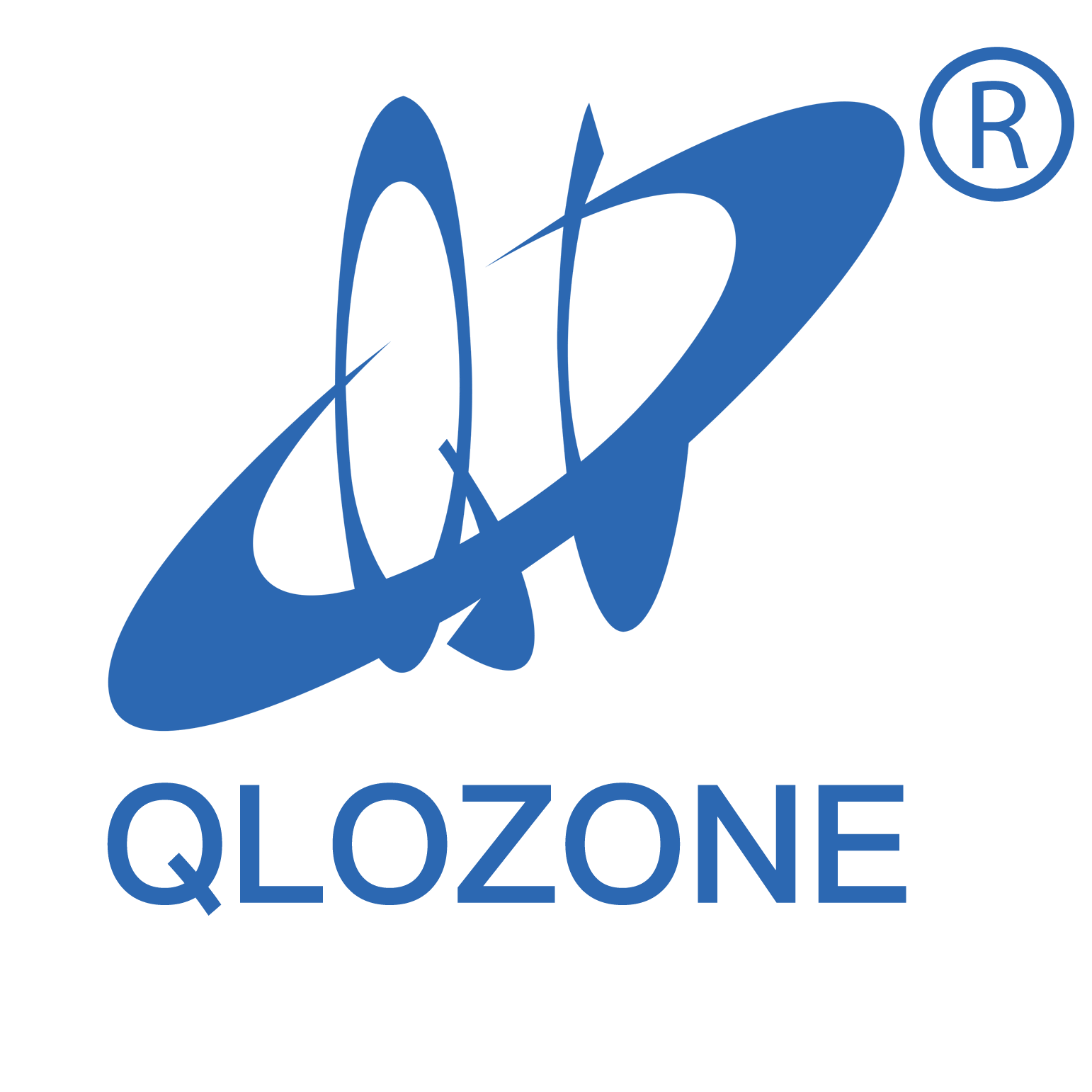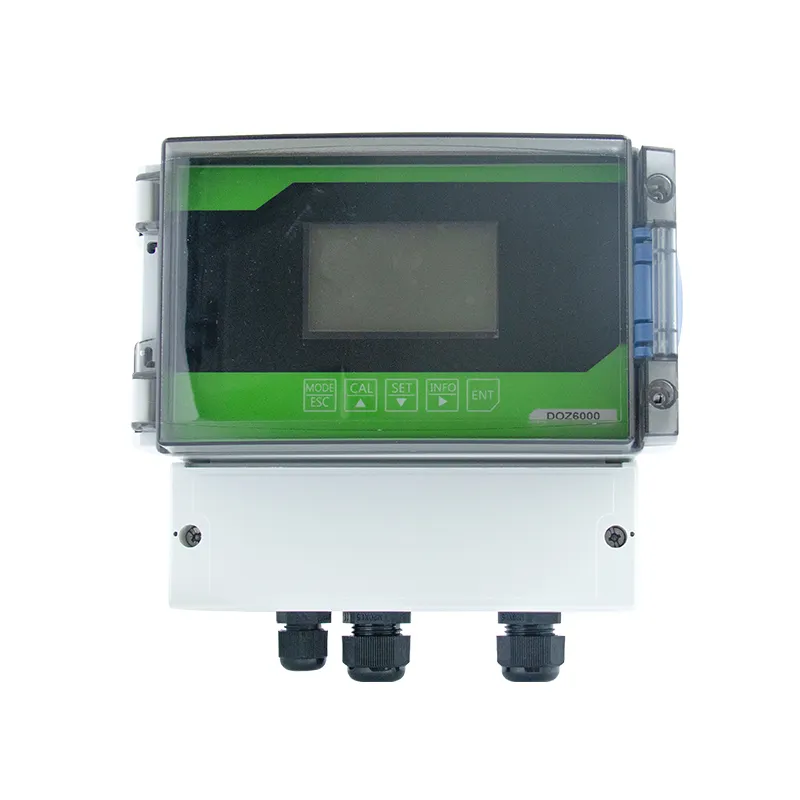Advancing Water Safety with Smart Monitoring Technologies
The integration of internet-based technologies into water systems has transformed how public and private sectors manage water quality. As global awareness of environmental and health risks grows, water quality monitoring becomes increasingly critical. Smart water quality monitoring systems, especially those connected to the internet, offer real-time insights and enhanced responsiveness that traditional testing methods cannot match. These advancements contribute to safer, more efficient, and proactive water management strategies.
Real-Time Data Collection and Accessibility
Continuous Monitoring for Immediate Alerts
One of the primary advantages of internet-enabled water quality monitoring is real-time data transmission. Sensors can detect changes in water parameters—such as pH, turbidity, dissolved oxygen, or heavy metal presence—and instantly report these to centralized databases. This continuous monitoring capability ensures that issues are identified and addressed promptly, reducing the likelihood of contamination spreading undetected.
Remote Access for Operational Efficiency
With online platforms, professionals can access water quality monitoring data from any location. This reduces the need for constant on-site presence and allows specialists to monitor multiple water bodies simultaneously. It also supports quicker decision-making in response to developing issues, especially in municipal water supply systems or agricultural applications.
Enhanced Accuracy and Reduced Human Error
Automated Sampling and Analysis
Internet-based water quality monitoring systems reduce reliance on manual testing, which can be prone to sampling errors and delays. Automated systems consistently measure water quality parameters under standardized conditions, increasing the reliability and repeatability of results. This enhances data quality and supports more informed policy-making and risk management.
Calibration and System Alerts
These systems are often equipped with self-diagnostic tools that notify users of calibration needs, sensor malfunctions, or battery levels. This reduces the risk of operating with inaccurate sensors, further reinforcing the integrity of water quality monitoring operations.

Scalability and Versatility Across Applications
Applicable to Urban and Rural Settings
Internet-based water quality monitoring is not limited to large urban infrastructure. It is also highly applicable to rural and remote areas where resources are limited. With solar-powered options and wireless data transmission, monitoring systems can be deployed in diverse environments to ensure safe drinking water and protect natural ecosystems.
Useful in Multiple Industries
From municipal water systems to aquaculture, agriculture, and industrial processing, smart water quality monitoring systems are adaptable across sectors. Customizable sensors and data dashboards allow for specific parameter tracking based on each industry’s requirements, making them highly versatile and effective.
Cost Efficiency and Long-Term Value
Reduced Labor and Maintenance Costs
By automating monitoring and reducing the need for manual sampling, these systems cut down on labor expenses. They also limit wear-and-tear on physical infrastructure by enabling predictive maintenance, where small issues can be addressed before escalating into costly repairs.
Support for Regulatory Compliance
Maintaining up-to-date records and reports becomes easier with digital logging. Many water quality monitoring platforms generate automatic compliance reports, helping organizations meet environmental regulations and avoid penalties.
Supporting Environmental and Public Health Goals
Preventing Contamination Through Early Detection
Proactive water quality monitoring supports early detection of pollutants, reducing the risk of exposure to harmful contaminants. This is vital for protecting community health and ensuring that ecosystems remain viable for wildlife and plant growth.
Strengthening Public Trust
Public confidence in water safety improves when monitoring practices are transparent and based on real-time data. Sharing this information through accessible dashboards or reports helps stakeholders and communities understand how water quality monitoring safeguards their well-being.
FAQ
What makes internet-based water quality monitoring better than traditional methods?
Traditional methods often rely on periodic sampling and lab testing, which can delay response times. Internet-enabled systems provide continuous, real-time monitoring that allows for quicker identification and resolution of problems.
Can internet water quality monitoring be used in areas without stable power?
Yes, many systems are designed to work with solar power or battery backups, making them suitable for remote or off-grid locations.
Are these systems expensive to implement?
While the initial investment may be higher, the long-term savings from reduced labor, improved efficiency, and fewer compliance penalties often outweigh the upfront costs.
How secure is the data collected by internet monitoring systems?
Modern systems use encryption and secure cloud platforms to protect sensitive data. Regular updates and firewalls further enhance cybersecurity.

